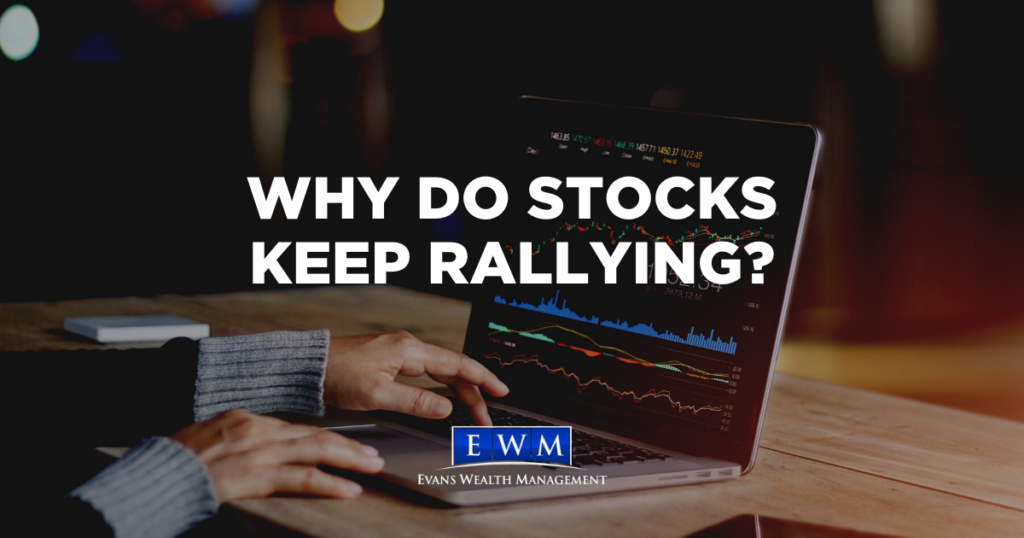The contradiction is real. People can be forgiven for not celebrating in the streets at each new Nasdaq all-time high. As one novelist said recently “we will not wake up, after confinement, in a new world; it will be the same, only a little worse.” That same old world is one of extreme inequality on Main St., where safe suburban Zoom denizens gawk at jobless urban & rural discontents; and extreme inequality on Wall St., with a record bubble in growth stocks vs. muted returns for everything else. The stock market is positive for the year despite all the economic pain because of:
1. Central bank liquidity
2020 has been a year of 167 rate cuts and $8.4 trillion in Central Bank monetary support, with near-unlimited untapped Fed buying power & yield curve control on the horizon, all to support markets with the explicit understanding that monetary policy can do little for the real economy;
2. Fiscal stimulus
$2.8 trillion in fiscal stimulus this year, the most in US peacetime, has been a rousing success; by May government transfers completely plugged the gap, bringing aggregate compensation to the same level as in February. But we know short-term unemployment insurance is unlikely to persist;
3. Inequality
Most importantly, the market often does not reflect the real economy; defensive growth stocks (tech & health care) account for just 18% of US jobs but now comprise 54% of the S&P 500 market cap, (and at the current pace, 100% by 2024); the biggest losers from the pandemic (e.g. retail, airlines, travel & leisure, oil & gas) accounted for 47% of job losses but only 10% of S&P 500 market cap.
The big economic risk is that job losses from the pandemic morph from short-term separations (shallow cuts that can heal) to long-term unemployment, which is scarring. Life for many workers was already precarious before the pandemic: in 1985 it took 30 weeks at the median wage to pay for big fixed costs like housing, health care, a car, and education; today it takes 53 weeks of a 52- week year to buy those things. In other words, “thriving” has become impossible for the average worker; it’s no wonder that the uncertainty of forecasts for future growth remains near record highs.



